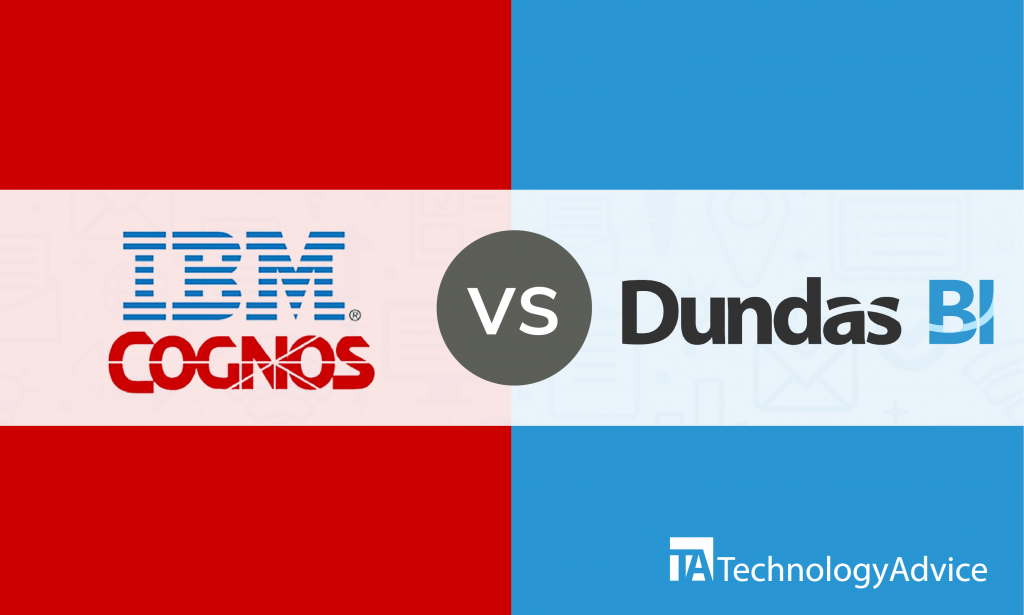Whether it’s a small-sized company or an enterprise, companies around the world produce hundreds of data points every day. This data is collected and processed to make numerous reports regarding the different aspects of every business. But what’s the use of this data if there’s no program or software to interpret it all?
While there are many business intelligence tools available in the market, Tableau and Databox BI software have become the more popular options. Companies are being drawn to these business intelligence software vendors because of their ability to process large amounts of data in just a short amount of time.
In this article, we will explore the different features that Tableau and Databox business intelligence software offers. While both of these programs provide the same technical solution to your business, it’s noteworthy to point out that not all of their features share the same function. To give you a glimpse of what kind of features they have, we’ve noted some of their core functions.
Use our Product Selection Tool to request a free shortlist of the best CRM software for your needs. In less than five minutes, we’ll match you with five CRM vendors we think you’ll love.
Target customers for Tableau vs. Databox
The goal of a business intelligence tool is to allow users to process data at a faster rate while maintaining accuracy. If you’re planning to get BI software, you need to consider the size of your business. Luckily, Tableau and Databox share the same goal of providing excellent service to businesses of all sizes. This includes small, mid-size, and enterprise-level companies.
Both Tableau and Databox can deliver on their promise to gather and process any amount of data. The only difference is Databox BI software is not the best fit for freelancers.
Support for Tableau vs. Databox
Tableau and Databox share many of the same support features. Both business intelligence tools support online video tutorials, online customer support, and a knowledge base. These support tools can help you manage and troubleshoot your BI software whenever you need help. While they share many of the same support options, Databox doesn’t have phone support.
Databox BI
- Online video tutorials
- Online customer support
- Knowledge base
Tableau BI
- Online video tutorials
- Online customer support
- Knowledge base
- Phone support
Pricing and deployment options
Buying your first business intelligence software is all about who has the most flexible rates. Both Tableau and Databox have adjustable rates that fit any business format. You can also use their free trial program if you want to try out their product firsthand. Here are the rates and pricing that each software offers.
Tableau available packages
- Tableau viewer
- Tableau explorer
- Tableau creator
Databox available packages
- Basic package
- Business package
- Custom plans are also available
Features of Tableau vs. Databox
Both Tableau and Databox might share the same tools and features, but the approach of each program is undoubtedly different. While these tools offer different solutions, the purpose is still the same, and that is to give you a clear visualization of your data.
Read also: Sisense vs. Tableau: A Scalable Business Intelligence Comparison
Integrations in Tableau vs. Databox
Tableau and Databox both prioritize building native integrations so that companies can quickly connect their data sources to the tools and visualize their data. Tableau connects to a wide variety of data management tools including Microsoft Azure, AWS, Hadoop, and Hortonworks. The tools also provide access to Google web data and CSV or Excel uploads.
Databox provides over 70 native connections to popular business applications including SQL servers, Zapier, Stripe payments, HubSpot, and Google web data. Each of these connections serves to make data visualizations as easy as logging into your account.
Embedded analytics for Tableau vs. Databox
Tableau offers a full embedded analytics platform for customers at an additional cost. These tools give companies the ability to embed data visualizations into existing web pages and apps to provide custom solutions. Companies can white label the embedded analytics tool.
Databox offers a scaled-down version of embedded analytics in their Agency plan. This tool gives agencies the freedom to embed their Databox data visualizations within HTML properties. The tool is not as robust as those found in Tableau, but it does help agencies build custom dashboards that their clients can access at-will.
Choosing a BI software for your company
When choosing the best business intelligence software for your company, always remember to determine what your business needs. While both Tableau and Databox share the same features, there’s still a difference in their price and general purpose. That’s why you need to choose the perfect software for your business carefully.
In which case, you can always get both Tableau and Databox if you feel that you need each of their unique features. However, if you’re not impressed with Tableau and Databox, you can always check our Product Selection Tool to get more options.





